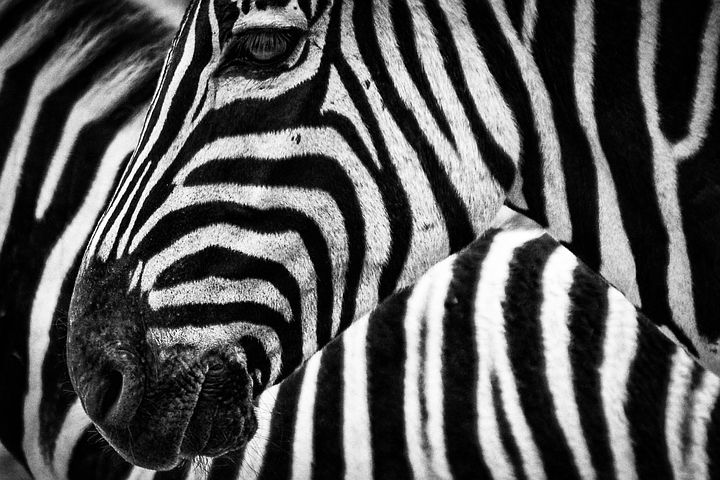While it is technically possible to mount and ride a zebra, domestication is another matter entirely. Despite occasional videos depicting people taming various wild animals, including zebras, true domestication involves significant, long-term human intervention that fundamentally changes the species.
What is Domestication?
Domestication involves altering a species through selective breeding to make them dependent on humans for food and other needs. This process creates animals that are more compliant with human demands, whether for pulling carts, participating in sports, or performing other tasks. Essentially, domestication transforms a wild species into one that is entirely tame and beneficial for human use. In contrast, taming an animal involves training an individual, which must be repeated with each new generation.
Key Criteria for Domestication
For an animal species to be domesticated, it generally needs to meet the following criteria:
- Capability to Breed in Captivity: The species must reproduce well in confined environments.
- Non-Picky Eaters: They should have a flexible diet.
- Social Hierarchy: A clear social structure allows humans to assume leadership roles.
- Rapid Growth: Quick maturation is essential.
- Calm Disposition: The species must not panic easily in captivity.
- Friendly Nature: They should be docile and non-aggressive towards humans.
If a species lacks even one of these traits, domestication becomes improbable. Zebras, unfortunately, fail to meet several of these criteria.
Why Aren’t Zebras Domesticated?
Despite their superficial resemblance to horses, zebras possess several characteristics that make domestication extremely challenging:
- Hostility and Aggression: Zebras are naturally aggressive, making them difficult to handle and train.
- Evasion Reflexes: They have a strong ducking reflex, complicating efforts to lasso or restrain them.
- Lack of Social Hierarchy: Unlike horses, zebras do not have a clear family structure or social hierarchy, which is crucial for domestication.
- Survival Instincts: Zebras evolved to avoid predators like lions, resulting in a highly defensive and aggressive nature.
- Inadequate Back Structure: Zebras have not evolved to support the weight of a human rider comfortably. Their backs are not strong enough to carry heavy loads or to be saddled.
These traits mean zebras are not just wild animals, but animals particularly suited to avoiding capture and taming.
Zebra Riders Throughout History
There have been rare instances of individuals taming zebras for personal use. For example, Walter Rothschild famously drove a carriage pulled by zebras in Edwardian London, and Bill Turner has been known to ride a particularly strong-backed zebra in Dorset. However, these are exceptions and do not indicate that zebras can be broadly domesticated or used in the same way as horses.
Looking for More Equine Insights?
At Prime Stables, we provide more than just high-quality, handcrafted timber buildings. We offer a comprehensive range of services tailored to horse enthusiasts, including personalised advice on horse care, stabling solutions, and equine management. Whether you need stable blocks, mobile field shelters, or bespoke timber buildings, Prime Stables is your trusted partner for all things equine.
Contact us today, and let us help you create the perfect environment for your horses.


